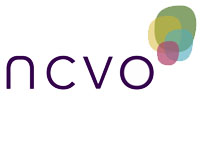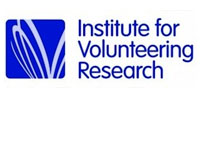Posted on February 11th, 2011 by Sarah Miller in Archived related news
Tagged as: civic engagement, public participation
Post a comment
I have just read an interesting summary of a report called Pathways to Politics by the Equality and Human Rights Commission. The study looks at what they call ‘prevent’, ‘push’ and ‘pull’ factors in encouraging women, ethnic minorities, people with disabilities and other politically under-represented groups to get involved in politics.
I was especially interested in the report’s description of a shift away from a traditional pathway into politics to a new trend in political pathways. The ‘traditional pathway’ – usually taken by older political candidates – generally involves a long history of engagement with a political party and local-level politics. The ‘new pathway’ is generally taken by younger candidates who tend to have a university education, be accomplished and have developed relevant skills in their career, and have experience campaigning or lobbying. According to the report, this new route into politics could potentially be even more exclusive and inaccessible to under-represented groups than the traditional pathways.
We have interviewed people representing a range of ages for the Pathways through Participation project and it will be interesting to see whether we discover similar age- or generation-related shifts in terms of people’s participation more broadly (not just in politics). I have just finished reading through people’s comments on their experience of school in relation to their subsequent participation, and it seems as though young people today are being more actively encouraged to participate in their communities through things like community service programmes and the Duke of Edinburgh award than was the case for older generations. For me, this raises important questions about how ideas about participation - its value, form and function - get formed in childhood and the role that institutions like schools play in shaping people’s pathways over time.


 ShareThis
ShareThis Subscribe to our project updates
Subscribe to our project updates


